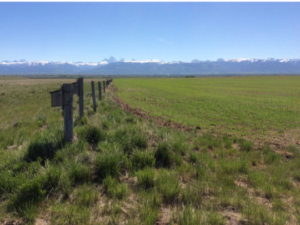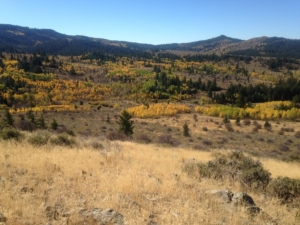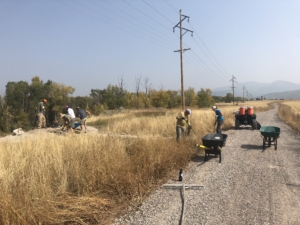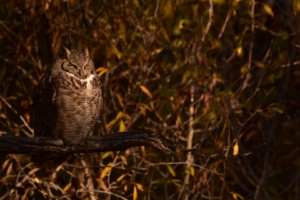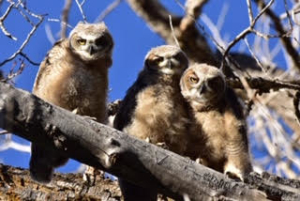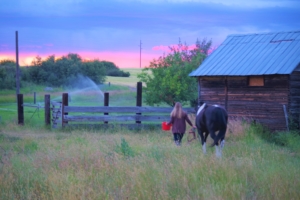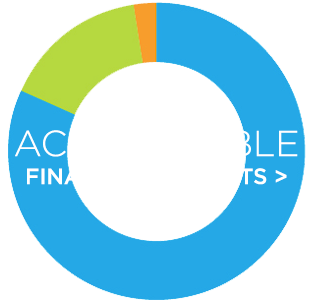Teton Regional Land Trust Member Donates Home Sale for Conservation Fund
(December 2, 2021) Richard Grundler first came out to fish in Teton Valley in 1961 and ever since then has been drawn to Teton Valley for its skiing and fishing. In 1999, he bought his current home in Victor and moved here permanently from Vermont in 2001. He has always been enamored by the beauty of open space and farmland in the valley and feels that presently, with the increasing development pressures, there is an urgency to ensure that the land is properly protected for future generations. Richard inherited a home on Nantucket Island which he committed to donating to the Teton Regional Land Trust in 2014. This summer, his extremely generous donation came to fruition when he transferred full ownership to the Land Trust with the intent for TRLT to sell it. Once the property was sold, the proceeds of the sale established the Richard G. Grundler Teton Valley Conservation Fund to support conservation efforts in Teton Valley. “I recognized Teton Valley as a last remaining location where nature still had a chance. I want to do as much as possible to assure that that happens. I have traveled the world and realized how fortunate we are. I feel privileged that I will be able to see what my involvement in the valley results in.” said Grundler.
Richard grew up in western New York and went to the University of Vermont and then to the University of Buffalo School of Dentistry. He joined the Navy and spent a year in Vietnam with the Marines and upon his return set up his dental practice in Burlington, Vermont. During this time, he made his first trip to Teton Valley to camp and fish in Teton Canyon. “I caught fish for breakfast before my coffee was even done”, and he was hooked. After running his dental practice for 28 years he retired in 1990 and spent the next ten years coming out to ski at Teton Village, along with some heli-skiing and cat skiing trips to Grand Targhee before deciding to buy a home in Teton Valley. He moved in on Christmas Day in 1999. He is at home here now. He told us he enjoys watching the many different species of birds in his backyard and shared a memory of an evening having burgers and beers with friends on his deck when he spotted four mountain lions on the hillside that they were able to watch for a while.
Richard first became acquainted with Teton Regional Land Trust when he attended the annual “Taste of the Tetons” picnics at Six Springs Ranch, home of the Land Trust. He got to know the people involved and became a member. In 2014, he was invited to go fishing with the executive director at the time, Chet Work, after which Richard set up a meeting with him and told him he wanted to donate his Nantucket property to the Teton Regional Land Trust. He had realized how unique Teton Valley was and wanted to help “protect the valley’s open spaces.” Richard told us that a big concern of his is “non-harmonious, uncontrolled development, isolated parcels of land that are left behind and are not farmable any longer.” We asked him what his vision is for Teton Valley moving forward and he said, “keeping it peaceful, quiet, serene, and ‘short lift lines.”
Teton Regional Land Trust is honored and grateful for Richard Grundler’s generous gift to the Land Trust and to Teton Valley. Richard’s inspiring gift will make a lasting impact on conservation in Teton Valley, and we are beyond thankful for his vision and foresight. Planned gifts like his will benefit our wildlife and community for many generations to come, making Richard’s legacy live on through the land forever. I look forward to showing Richard first-hand the future projects that we can complete with the Richard G. Grundler Teton Valley Conservation Fund, says Jeske Gräve, Development Director. If you have named the Teton Regional Land Trust in your estate plans, or are planning to do so, please let us know so we can thank you in your lifetime. As Richard says perfectly: “Do it now when you are able to see the benefits of your donations while you are still living. You can also offer input on how best to see your donations used.
